Film cameras have been around for more than a century, and they come in many different types. If you’re interested in learning more about the various types of film cameras available, this is the article for you! In it, we’ll cover some of the most popular types of film cameras on the market today, answer frequently asked questions about them, provide useful tips on how to choose the right one, and more. So let’s dive in and explore the different types of film cameras!
What Is a Film Camera?
Film cameras are distinct from digital cameras, which use a digital sensor and memory card or other storage device instead of film. While there has been a transition from analog to digital over the past couple decades, many photographers still prefer film for its various benefits such as color rendition, graininess, and unique look. [1]
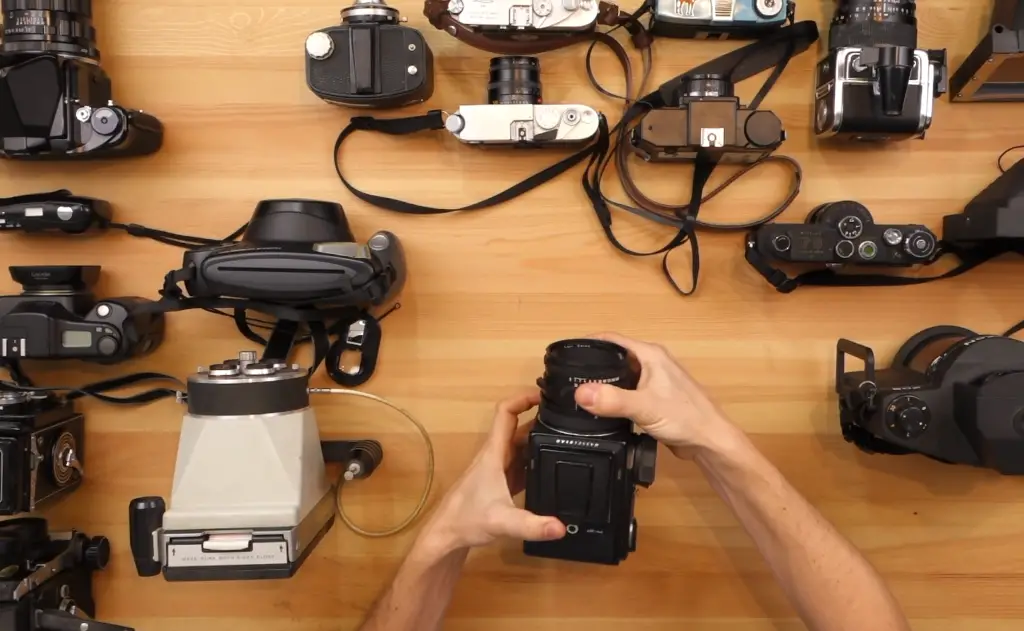
Why Shoot Film?
There are a lot of reasons why someone might choose to shoot film over digital. For starters, many photographers find film to be easier and more intuitive to use than digital cameras. In addition, some types of film have a unique look that can’t be replicated with digital cameras – such as the classic grainy black and white film look. Plus, shooting film can be cheaper in the long run since you don’t have to purchase memory cards or other accessories.
Finally, shooting film helps photographers develop a more intuitive understanding of their craft. Many modern digital cameras have automated settings that allow even novice photographers to get great shots without putting much thought into it. But when you shoot with film, you have to pay attention to all the details, from lighting and composition to focus and exposure. This can be an invaluable skill for any photographer, regardless of whether they shoot digital or film. [1]
Single-Lens Reflex (SLR) Cameras
Single-lens reflex (SLR) cameras are the most popular type of film camera on the market. They’re known for their versatility and ease of use, and they’re great for both amateur and professional photographers alike. SLRs typically feature interchangeable lenses, manual controls, viewfinders, and other features that make them well suited to a of photography styles.
The most popular types of SLR cameras are 35mm and medium format. 35mm cameras are the most common type, with a wide range of models available from all the major camera manufacturers. Medium format film cameras offer higher image quality than their 35mm counterparts, but they’re also more expensive and not as widely available. [3]
Twin-Lens Reflex (TLR) Cameras
Twin-lens reflex (TLR) cameras are a type of film camera where the viewfinder is located above the lens, rather than to the side like in an SLR. TLRs feature two lenses – one for taking pictures and one for looking through. They’re popular among street photographers thanks to their compact size and unique look, as well as the fact that they can be used for more creative shooting angles.
TLRs are available in both 35mm and medium format versions, though they’re typically not as well-suited to action photography due to their slower operation speed. They also don’t offer the same level of versatility as SLRs, since they don’t have interchangeable lenses and manual controls. [3]
Rangefinder Cameras
Rangefinder cameras are another popular type of film camera that have been around for decades. Rangefinders use a manual focusing system, rather than an autofocus system like most modern digital cameras. This can make them a bit more challenging to use, but they’re known for their accuracy and ability to achieve precise focus.
Rangefinder cameras are usually smaller than SLRs and TLRs, making them perfect for street photography or other types of candid shooting. They’re also well-suited to shooting in low light situations due to their large maximum apertures. Lastly, they’re often more affordable than other types of film cameras. [3]
Instant Cameras
They’re great for capturing special moments as they happen, and they can be used both indoors and outdoors. While there are digital versions available, most people still prefer the classic analog instant cameras for their unique look and feel.
Instant cameras are usually quite affordable, and they come in a variety of sizes and styles. The most popular type is the iconic Polaroid camera, which produces iconic square prints. There are also other types of instant cameras that use Fuji Instax or Impossible Project film, as well as digital models that print out traditional-style prints. [3]
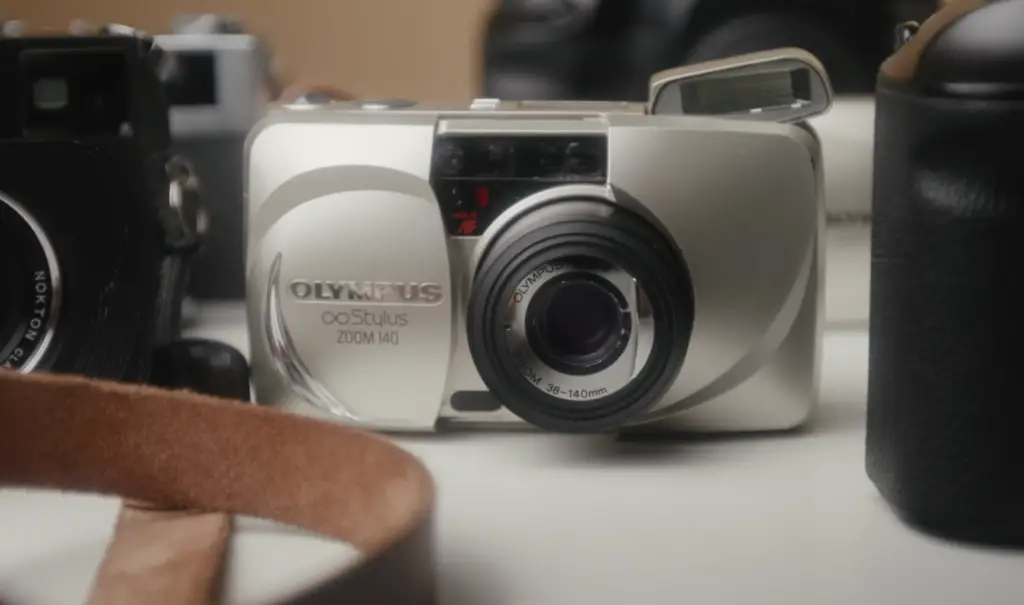
Point-and-Shoot Cameras
Point-and-shoot cameras (sometimes known as compact cameras) are a type of film camera that’s very easy to use. They don’t have interchangeable lenses, manual controls or viewfinders like SLRs and TLRs – instead, they feature a fixed lens and an automated system for focusing and exposure. This makes them perfect for beginners who want an uncomplicated camera that still takes great photos.
Point-and-shoot cameras are usually quite affordable, and they come in a wide range of sizes and styles. Popular models include the iconic Kodak Instamatic, as well as the classic Olympus Stylus and Ricoh GR. They can be used for a variety of applications, from street photography to landscape shots. [3]
Stereo Cameras
Stereo cameras are a type of film camera that use two lenses to capture 3D images. They’re usually quite large and bulky, but they offer a unique view that can’t be achieved with traditional cameras. Stereo cameras have been around for over a century, and while digital models are now available, many photographers still prefer the classic analog versions for their unique look and feel.
Stereo cameras are quite expensive, and they require special stereo film that can be difficult to find. They can also be challenging to use correctly due to the fact that they must be aligned precisely in order to get good 3D images. Despite this, stereo cameras remain popular among photographers who want to capture something truly unique. [4]
Panoramic Cameras
Panoramic cameras are a type of film camera that produce wide-angle images up to 360 degrees. They’re great for capturing sweeping landscapes or large groups of people, and they can be used both indoors and outdoors.
Panoramic cameras come in a variety of sizes and styles, from simple handheld models to more complex stationary models. Popular models include the Hasselblad XPan, the Noblex Pro and the Fuji GF670. They’re usually quite expensive, so they’re not as popular as other types of film cameras. However, they can produce some truly stunning images that will stand out from anything else you might create. [4]
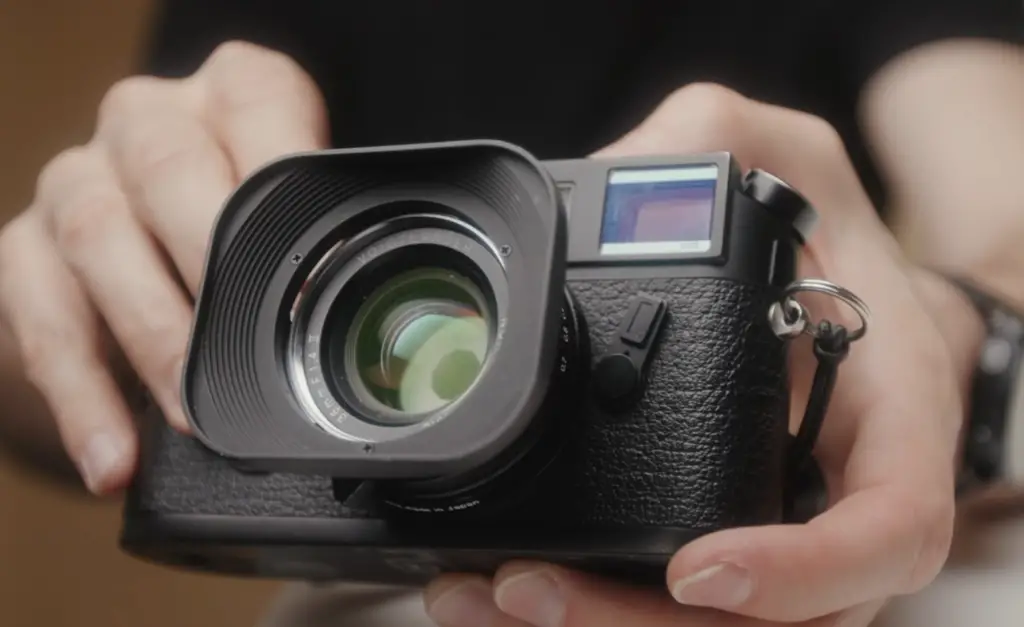
Folding Cameras
Folding cameras are a type of film camera that can be folded up for easy storage and portability. They were once very popular, but now they’re mostly considered collectors items. Many folding cameras feature bellows and accordion-style lenses, which allow them to capture wide-angle images or close-up shots without the need for interchangeable lenses.
Folding cameras are usually quite affordable, and they come in a variety of sizes and styles. Popular models include the classic Zeiss Ikon Nettar and the Rolleiflex Twin Lens Reflex. While they’re not as versatile as other types of film cameras, folding cameras can still produce some great shots – especially if you’re looking to capture something unique.
Overall, there are many different types of film cameras out there, each with their own advantages and disadvantages. Whether you’re a beginner or an advanced photographer, it’s important to understand the different types so that you can choose the right one for your needs. [4]
Large Format Cameras
Large Format Cameras are a type of film camera that use large 4×5 inch or 8×10 inch sheet film. They’re typically used for studio and architectural photography because they can produce high-quality, sharp images with lots of detail.
Due to their size, large format cameras are usually quite bulky and difficult to carry around. They also usually require a tripod, and most models don’t have an autofocus system. However, they can produce some stunning images that are impossible to get with other types of cameras.
Large format cameras can be quite expensive, but if you’re looking for the highest quality images possible then they could be worth the investment. They’re also a great choice for photographers who want to capture fine details or create unique works of art. With the right equipment and technique, you can get truly stunning results with a large format camera. [4]

Box Cameras
Box cameras are a type of film camera that’s typically used for snapshots. They usually have fixed lenses, simple controls and no viewfinders – making them very easy to use. Box cameras can take both black and white and color images, and they’re relatively inexpensive compared to other types of cameras.
Popular box camera models include the Kodak Brownie and the Polaroid Land Camera. These models offer great image quality for their price, making them a good choice for amateur photographers or those just starting out. While they’re not as versatile as more advanced cameras, box cameras are still a great option if you’re looking to take simple snapshots without breaking the bank. [2]
Pinhole Cameras
Pinhole cameras are a type of camera that uses a tiny hole in place of a lens to capture an image. They’re usually very small and lightweight, making them perfect for travel or outdoor photography. While they don’t provide the sharpest images, pinhole cameras can still produce some interesting results – especially if you’re willing to experiment.
Pinhole cameras are usually quite affordable and easy to make yourself. Popular models include the Holga 120N and the Diana F+ – both of which offer great image quality for their price. If you’re looking for an inexpensive way to get started with film photography, pinhole cameras could be a great choice. [2]
Toy Cameras
Toy cameras are a type of film camera that’s usually made from plastic or cardboard. They’re typically quite inexpensive, and they’re often used to capture artistic photos with unique effects. Popular models include the Holga 120N and the Lomography Diana F+.
These cameras are great for amateur photographers who want to create fun and interesting images. They usually don’t offer the same level of quality as more expensive cameras, but they can still produce some great shots – especially if you’re willing to experiment with different techniques. Toy cameras are also a great way to get started with film photography without breaking the bank. [2]
Press cameras
Press cameras are a type of film camera that’s designed for news and sports photography. They usually have interchangeable lenses, fast shutters and wide-angle viewing windows – making them ideal for capturing fast-paced action. Popular models include the Nikon F3 and the Canon AE-1.
Press cameras can be quite expensive, but they offer great image quality and versatility. If you’re a professional photographer or need to capture high-speed action, press cameras could be the right choice for you. They’re also a good option if you’re looking for something that will last – many models are still in use today despite being decades old. [2]

FAQ
How many types of camera films are there?
There are many different types of film cameras, including DSLRs, medium format cameras, folding cameras, large format cameras, box cameras, pinhole cameras, toy cameras and press cameras. Each type has its own advantages and disadvantages – so it’s important to understand the different types in order to choose the right one for your needs.
What are the differences between film cameras?
The main differences between film cameras are size, weight, cost, image quality and versatility. DSLR and medium format cameras offer the highest image quality but they’re usually quite expensive. Folding cameras are lightweight and affordable, while large format cameras can produce some incredibly detailed images. Box cameras are great for snapshots, pinhole cameras can create some unique effects, and toy cameras are perfect for creating artistic images. Press cameras offer great versatility for news and sports photography.
Is 35mm better than digital?
It depends on what you’re looking for. Digital cameras offer convenience and ease of use, while film cameras can produce beautiful images with a unique look. If you’re a serious photographer or have specific needs, then 35mm film may be the better option – however if you mostly take snapshots then digital could be the way to go. It all comes down to personal preference.
What does 35mm stand for?
35mm is a film size that’s widely used for both still images and motion pictures. It measures 24mm wide by 36mm high – hence the “35mm” name. Movie cameras typically use 35mm film, while still cameras usually use either 135 (35mm) or 120 (medium format) film.
Why is 35mm so expensive now?
The cost of 35mm film has gone up in recent years due to increasing demand from photographers and a dwindling supply of film stocks. This means that, unfortunately, it’s now quite expensive to shoot with 35mm film – especially if you’re looking for specialty or rare stocks.
Why is 35mm so good?
35mm film is popular because it produces beautiful, high-quality images. It’s also very versatile – you can shoot in any light conditions and with any type of camera. Many photographers prefer the look of 35mm film over digital, as it has a unique quality that cannot be replicated digitally. Finally, 35mm film is cost-effective and easy to develop – making it a great option for amateur photographers and those just starting out.
Why is 35mm so popular?
35mm film is popular because it produces high-quality images with a unique look. It’s also very versatile – you can shoot in any light conditions and with any type of camera. Additionally, 35mm film is very cost-effective and easy to develop, making it perfect for amateur photographers or those just starting out. Finally, many professional photographers prefer the look and feel of 35mm film over digital, as it has a unique quality that cannot be replicated digitally.
Why 50mm is better than 35mm?
50mm lenses usually offer sharper images with better contrast and less distortion than 35mm lenses. Additionally, 50mm lenses are typically more lightweight and compact – making them perfect for travel or indoor photography. Finally, 50mm lenses often have a wider maximum aperture which allows you to capture images in lowlight conditions. However, it’s important to keep in mind that 35mm lenses are still great for many types of photography – so it all comes down to personal preference.
Does anyone still use 35mm film?
Yes, many photographers still use 35mm film – especially those who prefer the look and feel of analog photography. Additionally, some professional photographers use 35mm film to capture images in lowlight conditions or for motion pictures. Finally, there’s a growing community of amateur photographers who are embracing the art of analog photography and using 35mm film to create beautiful works.
Is 35mm good for movies?
Yes, 35mm film is often used for motion pictures due to its high quality and versatility. It’s also cost-effective and easy to develop – making it ideal for low budget films. Additionally, some filmmakers prefer the unique look of 35mm film over digital – as it has a certain quality that cannot be replicated digitally.
Useful Video: A Beginner Guide for 35mm Film Photography.
Conclusion
Different types of film cameras can be used to capture a wide range of images – from snapshots and street photography, to professional-quality shots and motion pictures. DSLRs provide the highest image quality, while folding cameras are lightweight and affordable. Medium format cameras offer excellent image quality at an affordable price, while large format cameras can produce incredibly detailed images. For news and sports photography, press cameras offer great versatility. Finally, box cameras, pinhole cameras and toy cameras can be used to create unique effects or create artistic images. Ultimately, choosing the right type of film camera depends on your needs and budget – so it’s important to understand the different types in order to make an informed decision.
No matter which type of camera you choose, film photography can be a fun and rewarding way to explore your creative side. So why not give it a try? You might just find yourself falling in love with analog photography!
Happy shooting!
References
- https://www.adorama.com/alc/what-are-the-different-types-of-film-cameras/
- https://petapixel.com/types-of-film-cameras/
- https://expertphotography.com/film-camera/
- https://filmcamerastore.co.uk/blogs/film-photography-guides-blog/from-point-and-shoot-to-slr-a-guide-to-different-types-of-film-camera





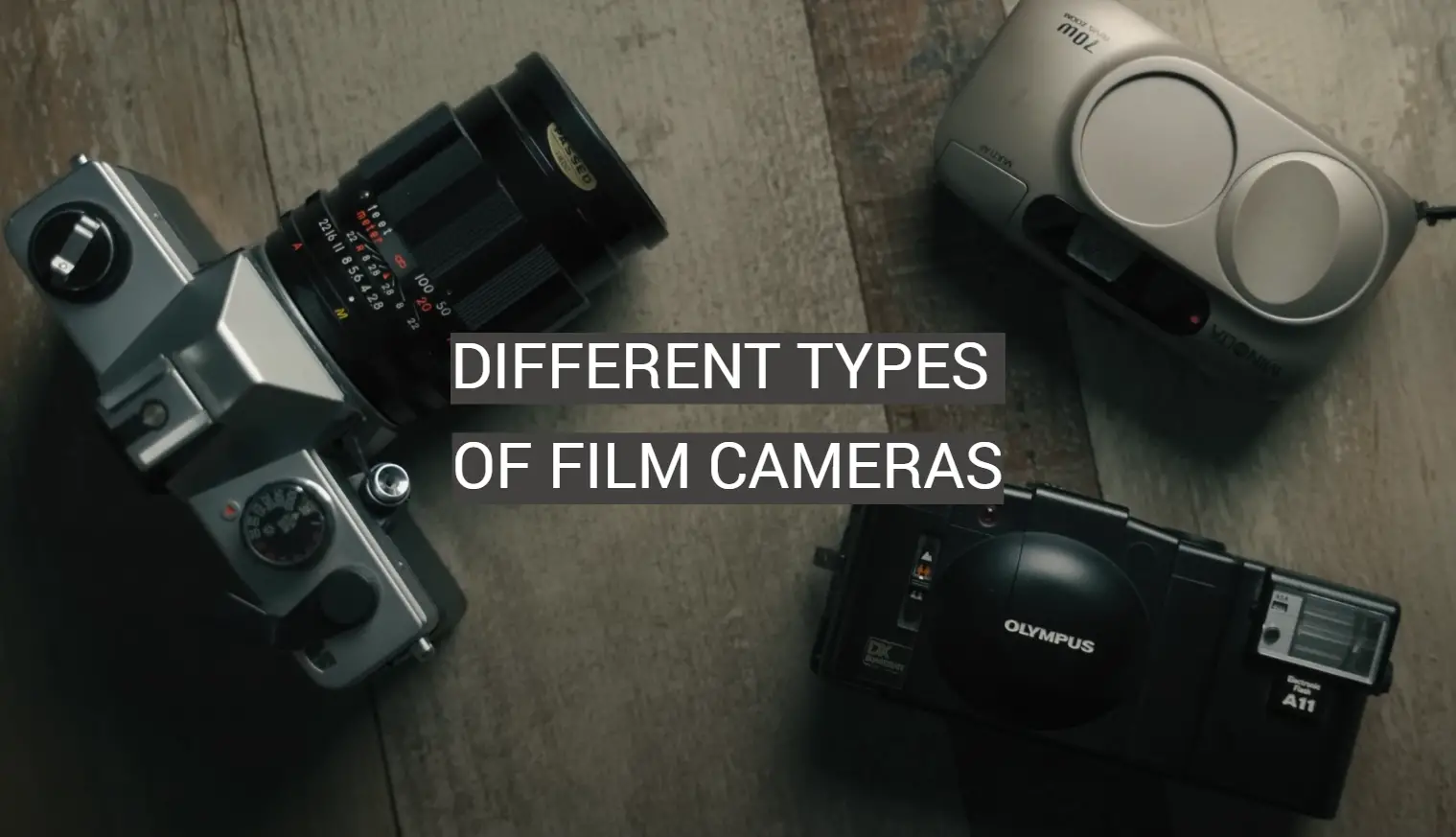
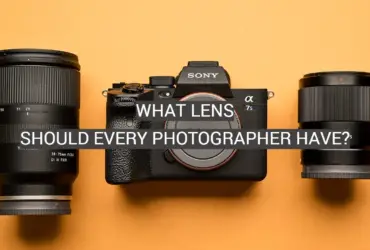
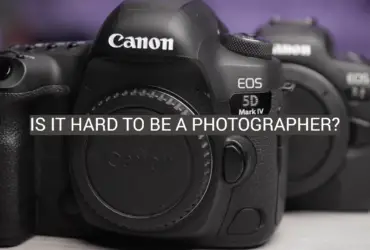
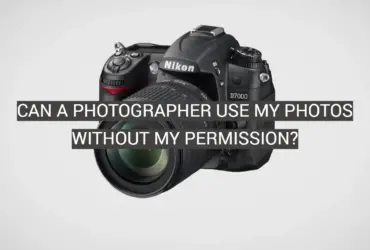

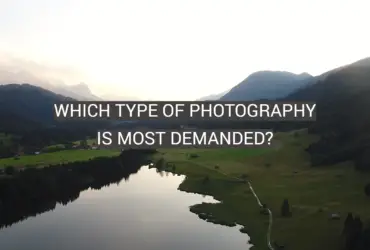
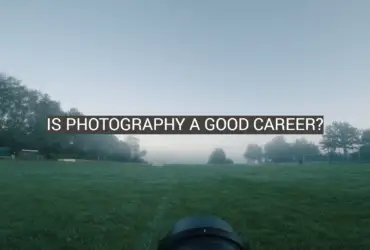
Leave a Reply